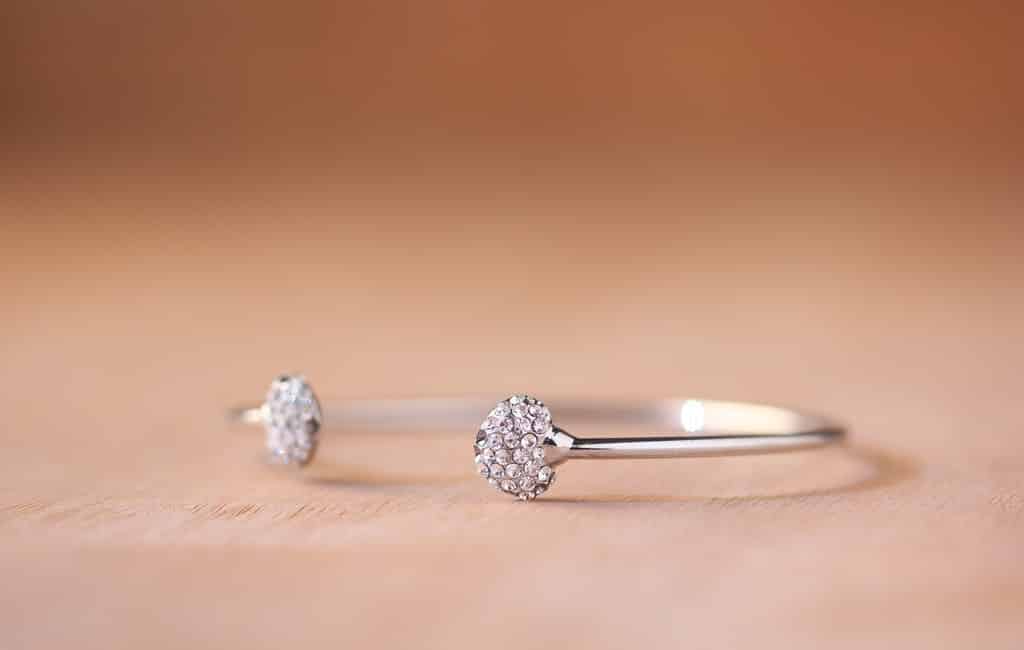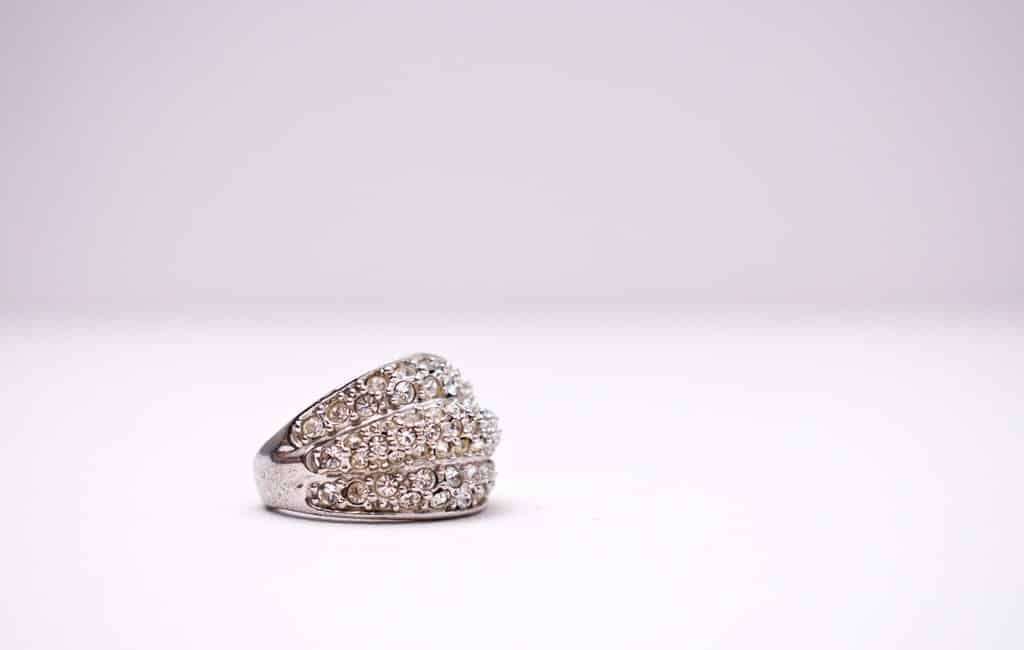Coal and diamond are both different forms of the element, carbon. Carbon is a non metal that has an atomic number of six (6). Carbon exists in two main physical forms; diamond and graphite and also occurs in impure forms like charcoal, soot, and coal. Carbon has two unique features that give rise to a large number of compounds; they are catenation (the ability to form bonds with other atoms of carbon) and tetravalency (the ability of bonding with four other atoms). These features are responsible for the network of carbon atoms in coal and diamond.
THE LINK BETWEEN COAL AND DIAMOND
What is the composition and formation of both coal and diamond? What similarities do they share? What are the differences between them and their uses? These are the several questions that need answers before answering the main question, is coal a diamond? The answers to these questions lead us to discover if coal is a diamond.
Coal comprises of carbon predominantly with variable amounts of other elements, chiefly hydrogen, sulfur, oxygen, and nitrogen. It is termed an impure form of carbon because it contains other atoms or compounds other than carbon. Coal takes million of years to form. Coal is formed when dead plants buried under water and dirt is subjected to the geological forces of heat and pressure. Heat and pressure converted the plants that lived millions of years ago in swampy forests into coal. Peatification and coalification are the two phases of coal formation.
The black carbonaceous sedimentary rock refers to the impure form of carbon, coal. It has a brownish-black or black color generally obtained from the plant remains. It is considered sedimentary having been transported and accumulated in a single deposit and having undergone metamorphosis and petrification, it is a rock. Metamorphosis is the change of physical or structural form while petrification is the process by which organic matter exposed to minerals over a long period is turned into a stony substance.
Diamond is an allotrope (a physical from) of carbon with its atoms arranged in a crystal structure called diamond cubic. It is a solid composed of pure carbon. Diamond is formed from carbon deposits within the earth (about 90 to 125 miles below the earth’s surface) under high temperature and pressure. Diamonds occur naturally in the earth’s mantle (150 kilometers below the earth’s surface) and require intense heat and pressure.

HOW ARE DIAMONDS FORMED?
Diamonds formed in the mantle are delivered to the earth’s surface by deep source lava or deep source volcanic eruptions that pass through the stability zone. As it cools, the magma hardens to form kimberlite and settles in vertical structures known as kimberlite pipes. The name ‘kimberlite’ was derived from the South African town of kimberley where the first diamonds were found in this type of rock. These kimberlite pipes are the most significant source of diamonds, yet it is estimated that only 1 in every 200 kimberlite pipes contain gem-quality diamonds.
The hardest naturally occurring substance known and the most popular gemstone is diamond. The carbon atoms in diamond are joined to each other to form a stiff or rigid network and are held together by strong covalent bonds. The atoms are so tightly arranged with each of the carbon atoms forming a maximum of four bonds. This strong covalent crystal structure of diamond accounts for its hardness. Alongside its hardness, diamond is brittle (liable to break). Its brittle nature makes it possible to be used in jewellery making with numerous designs. It is regarded as the most popular gemstone because of its sparkling fire, rarity and durability.
The formation of coal and diamond under high heat and pressure is a similarity between them. Though they both consist of carbon, coal is accompanied by impurities like sulfur and nitrogen while diamond is devoid of impurities. The heat and pressure required for the conversion of carbon into diamond is much higher than that of coal.

PROPERTIES OF DIAMOND AND COAL
Diamond is crystalline in its structure (regular pattern of arrangement of carbon atoms is present where each carbon is surrounded by 4 other carbons forming a tetrahedron). It has a uniform arrangement of carbon atoms held by covalent bonds and this prevents the atoms from moving or the layers of atoms sliding over each other. Coal on the other hand, is amorphous in its structure (irregular arrangement of carbon atoms). The atoms of carbon in coal are randomly stacked and this explains its color, the fact that it burns and the ease with which its molecules are broken down into smaller pieces.
Coal has much commercial significance as it is used as fuel and highly used in steel industries, power generating plants and many more. Since coal is composed of mostly carbon and hydrocarbon which contain energy that can be released through combustion (burning) for fuel and used to generate electricity. Although coal is of great significance in our thermal power plants, the burning of coal results in emission of greenhouse gases like carbon dioxide, Nitrogen dioxide, sulfur dioxide, soot particles which cause huge damage to our environment. The release of all these gases also causes respiratory disorders to people. Diamond has a shining, solid nature and it is used in jewelry making, for items such as engagement rings, pendants, earrings, nose rings, etcetera; thereby serving as an important source of income in the economy. They are also used to cut hard materials, hence used industrially as cutting tools.
IS COAL A DIAMOND?
Having considered their composition, formation, similarities, differences, structure and uses, we can confidently say ‘coal is not formed from diamond’. It is true that they are both formed from carbon, but the way the carbon atoms are arranged to give them their structures is completely different. Diamond cannot be converted to coal and coal does not turn into diamond either. Diamonds are older than any dinosaur, and in fact, older than nearly all land dwelling plants and animals. If naturally-occurring diamonds are older than all plant life on Earth, this means that plants cannot be the source of diamonds. It is important to note that land plants are the raw materials for the formation of coal. Coal is not a diamond; coal is a carbon-rich solid.

